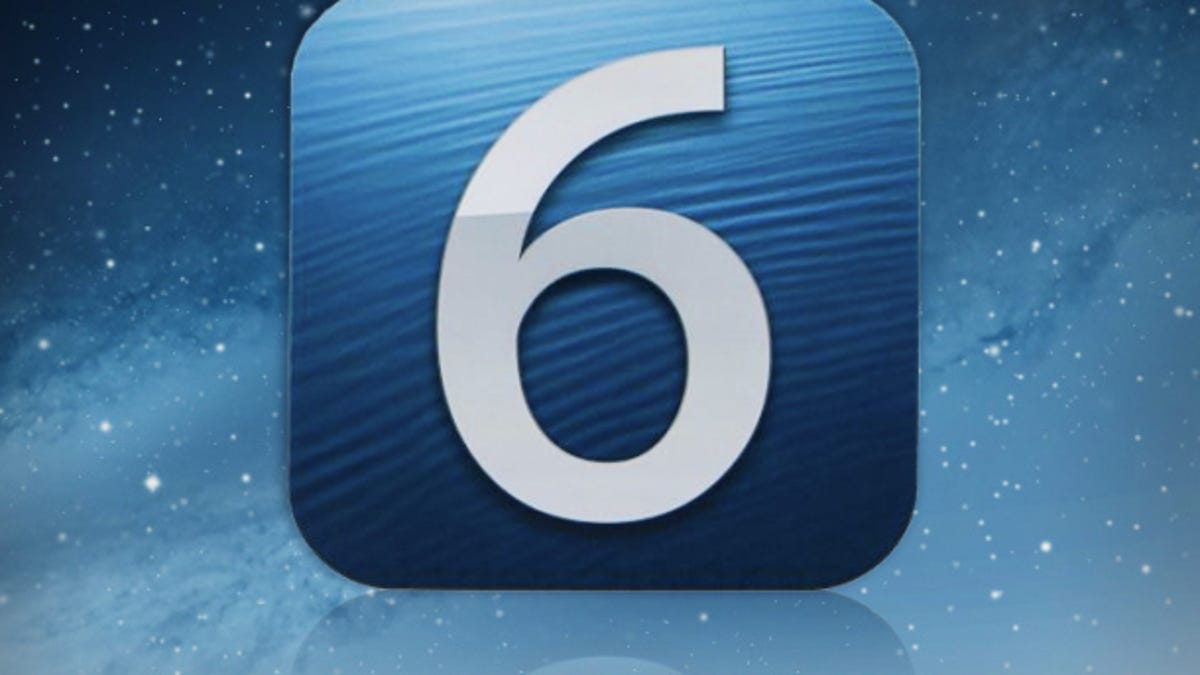Big iOS 6 uptick linked to China launch, instead of Google Maps
Since Google's new iOS mapping app hit Apple's App Store, adoption of iOS 6 has jumped 30 percent. But new data says the rate in North America stayed flat and that the global jump may be due to iPhone sales in China.

The surge in adoption of Apple's iOS 6 may be due more to new users in China than users upgrading to the operating system while grabbing Google's new mapping app.
Adoption of the mobile operating system, which was released months ago, has increased by 30 percent since Google Maps was released to the Apple App Store on December 12, according to data from mobile ad exchange MoPub. iOS users unhappy with the in-house substitute Apple supplied after dumping Google earlier this year flocked to Google's new iOS app, downloading the software more than 10 million times in the first two days.
MoPub CEO Jim Payne concluded that the bump was related to people holding back as a result of dissatisfaction with Apple's maps app.
"It verifies the hypothesis that people were actually holding back to upgrade until Google Maps was available," Payne told TechCrunch.
However, the surge may be less about a maps referendum and more about consumers in China finally getting their hands on the iPhone 5, which comes preloaded with iOS 6, according to data released today by advertising and analytics company Chitika. The iPhone went on sale in China on December 13, quickly selling more than 2 million units during its first weekend, exceeding previous iPhone sales rates in the Far East country.
Noting that MoPub's conclusions were based on a sampling of global traffic, Chitika conducted a research analysis of iOS 6 adoption rates in the United States and Canada since the mobile operating system's release in September. Adoption hit 50 percent in the first week, then gradually increased to 60 percent during the next three weeks.
The iOS 6 adoption rate in the U.S. and Canada got another slight bump with the release of the iPad Mini and iPad 4 in mind-November but was flat the week after Google Maps was released, beginning and ending the week at 71.5 percent (see chart below).
That China might be responsible for the surge in adoption shouldn't come as a surprise. After the U.S., China is Apple's second biggest market, accounting for about 15 percent ($23.8 billion) of the company's revenue for its fiscal year ended in September.

